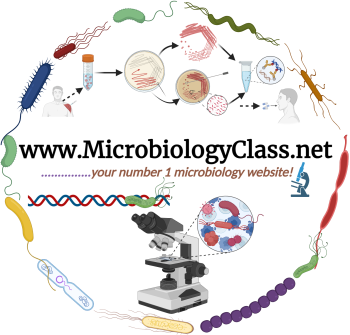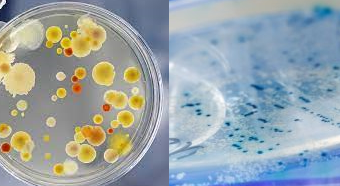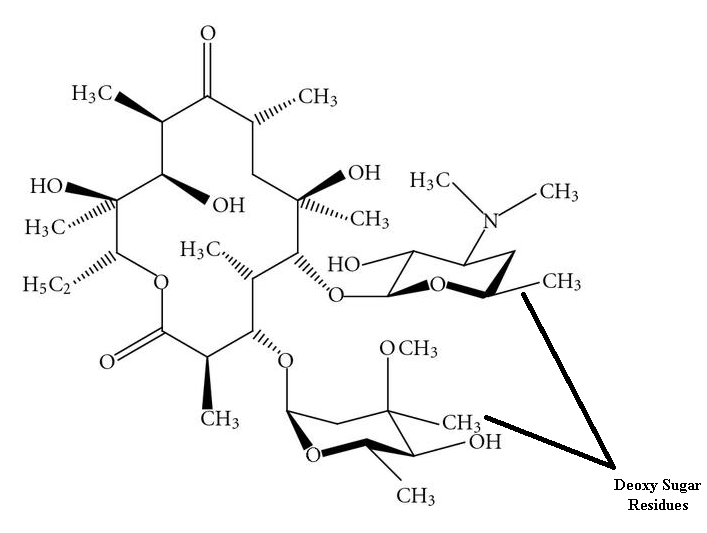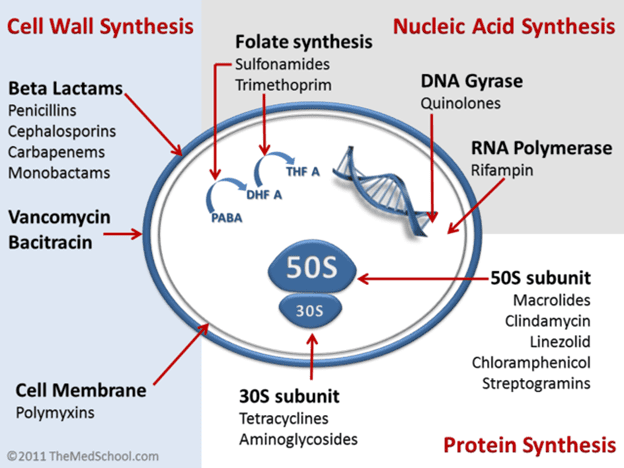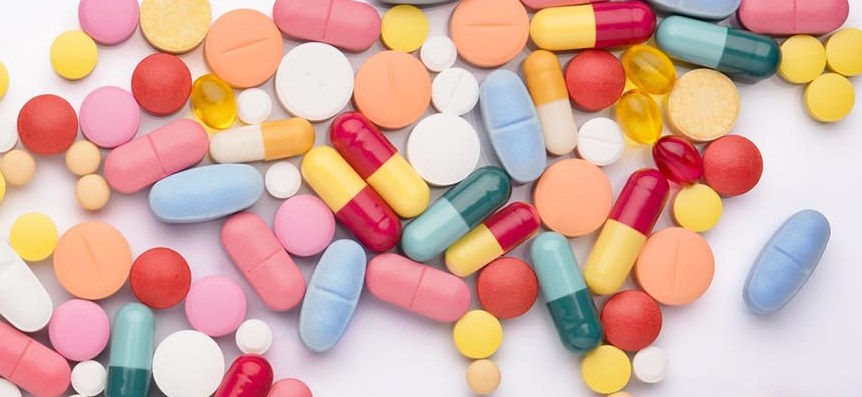Over the past 70 years, antibiotics have saved countless number of lives across the globe […]
Tag: antimicrobial agents
ERYTHROMYCIN
Erythromycin is a protein synthesis inhibitor that binds to the 50S ribosomal subunit of the […]
CHARACTERISTICS/FEATURES OF ANTIBIOTICS
Antibiotics including antibacterial agents, antiviral agents, antiprotozoal agents, and antifungal agents have some specific characteristics […]
SPECTRUM OF ACTIVITY OF ANTIMICROBIAL AGENTS
The growth of pathogenic microorganisms is usually accompanied by the synthesis of new molecules including […]
Overview of antimicrobial agents (antibiotics)
Ever since their discovery some decadesago, antimicrobial agents particularly antibiotics have saved mankind from the […]
SOURCES OF ANTIBIOTICS
Before the advent of conventional medicine used in clinical medicine today for the treatment of […]
BRIEF HISTORY OF ANTIBIOTICS
Antibiotic history dates back to 1928 when Sir Alexander Fleming discovered the antibacterial effects of […]

